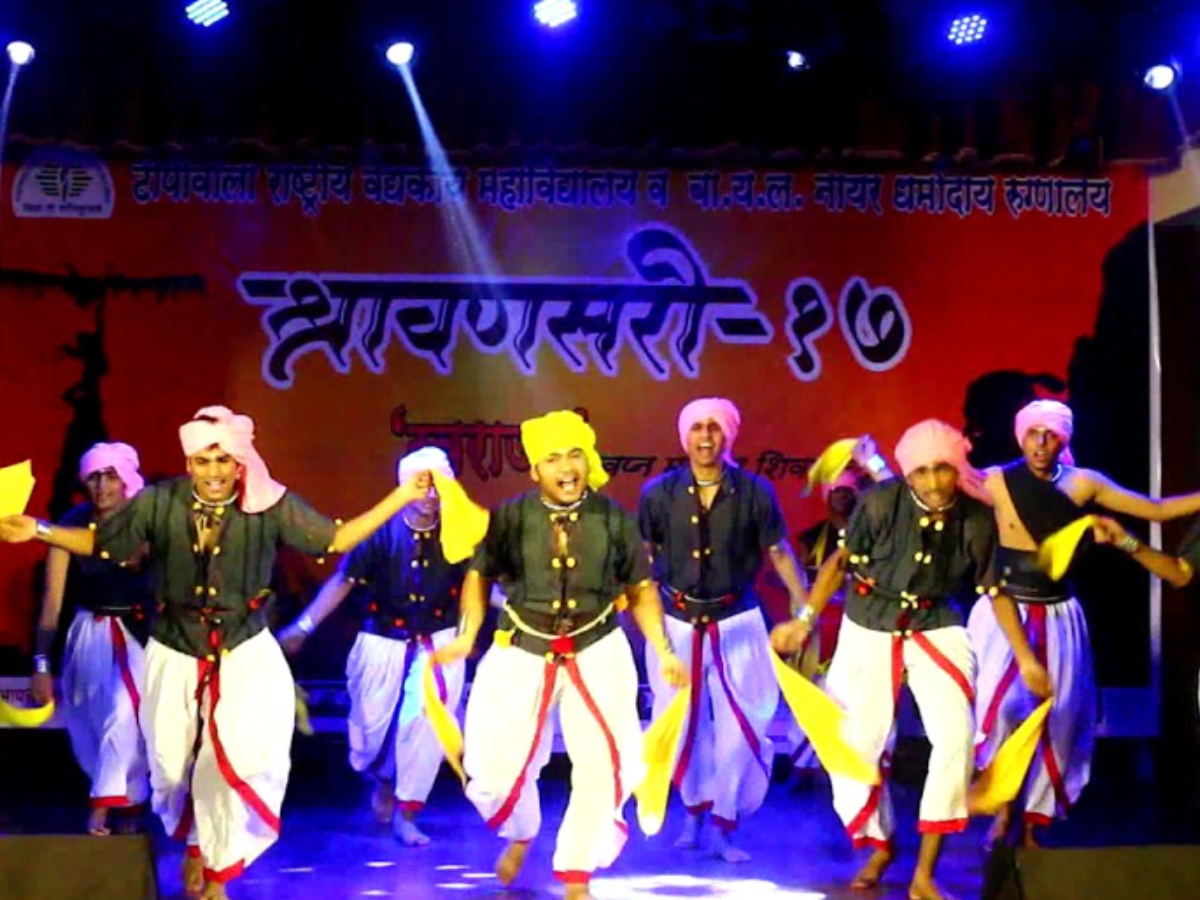State
Tribe Name
Art Type
short description
The Dhangar dance belongs to an ancient style of folk dancing followed by Dhangars. It portrays the pastoral life and the rites of passage of a rich culture, which the community claims to base itself on. The Dhangar tribe belongs to a community among pastoralists, who herd sheep and goats and dance numerous dances from time to time to celebrate their agricultural-pastoral lifestyle; one such dance form is the Dhangar dance.
Thumbnail

Filter Postion
Left
Filter Background
Off
Theme
Filter Header Image

content
Image

description
The Dhangar dance belongs to an ancient style of folk dancing followed by Dhangars. It portrays the pastoral life and the rites of passage of a rich culture, which the community claims to base itself on. The Dhangar tribe belongs to a community among pastoralists, who herd sheep and goats and dance numerous dances from time to time to celebrate their agricultural-pastoral lifestyle; one such dance form is the Dhangar dance.
It is also performed during various occasions like festivals, harvest time, and gatherings in the community. The movements are lively and rhythmic; fast and slow steps communicate joy, unity, and respect for Mother Nature and the animals they tend. The dancers move in a circular formation, giving a sense of collective celebration, and this spirit of the dance is complemented with traditional instrumentations of dhol and tasha, which provide rhythm and tempo.
Now about attire, the dancers adorn themselves in traditional dresses with a riot of beads, mirrors, and heavy embroidery. Mostly male dancers are believed to perform it; however, in some portions of the dance women join in, expressing an equal male-female role in cultural practices of the community. Thus, this dance is not only a form of entertainment but also a representation of the Dhangar tribe's way of life, beliefs, and interactions with the environment. This is one of the prime channels through which the Dhangar develops uplifting pride in their identity as a culture, which has most recently integrated into agricultural progress of which they are still proud, along with the cheer of a community life.
It is also performed during various occasions like festivals, harvest time, and gatherings in the community. The movements are lively and rhythmic; fast and slow steps communicate joy, unity, and respect for Mother Nature and the animals they tend. The dancers move in a circular formation, giving a sense of collective celebration, and this spirit of the dance is complemented with traditional instrumentations of dhol and tasha, which provide rhythm and tempo.
Now about attire, the dancers adorn themselves in traditional dresses with a riot of beads, mirrors, and heavy embroidery. Mostly male dancers are believed to perform it; however, in some portions of the dance women join in, expressing an equal male-female role in cultural practices of the community. Thus, this dance is not only a form of entertainment but also a representation of the Dhangar tribe's way of life, beliefs, and interactions with the environment. This is one of the prime channels through which the Dhangar develops uplifting pride in their identity as a culture, which has most recently integrated into agricultural progress of which they are still proud, along with the cheer of a community life.
Image Mode
landscape
promoted
On
Verified
Off
